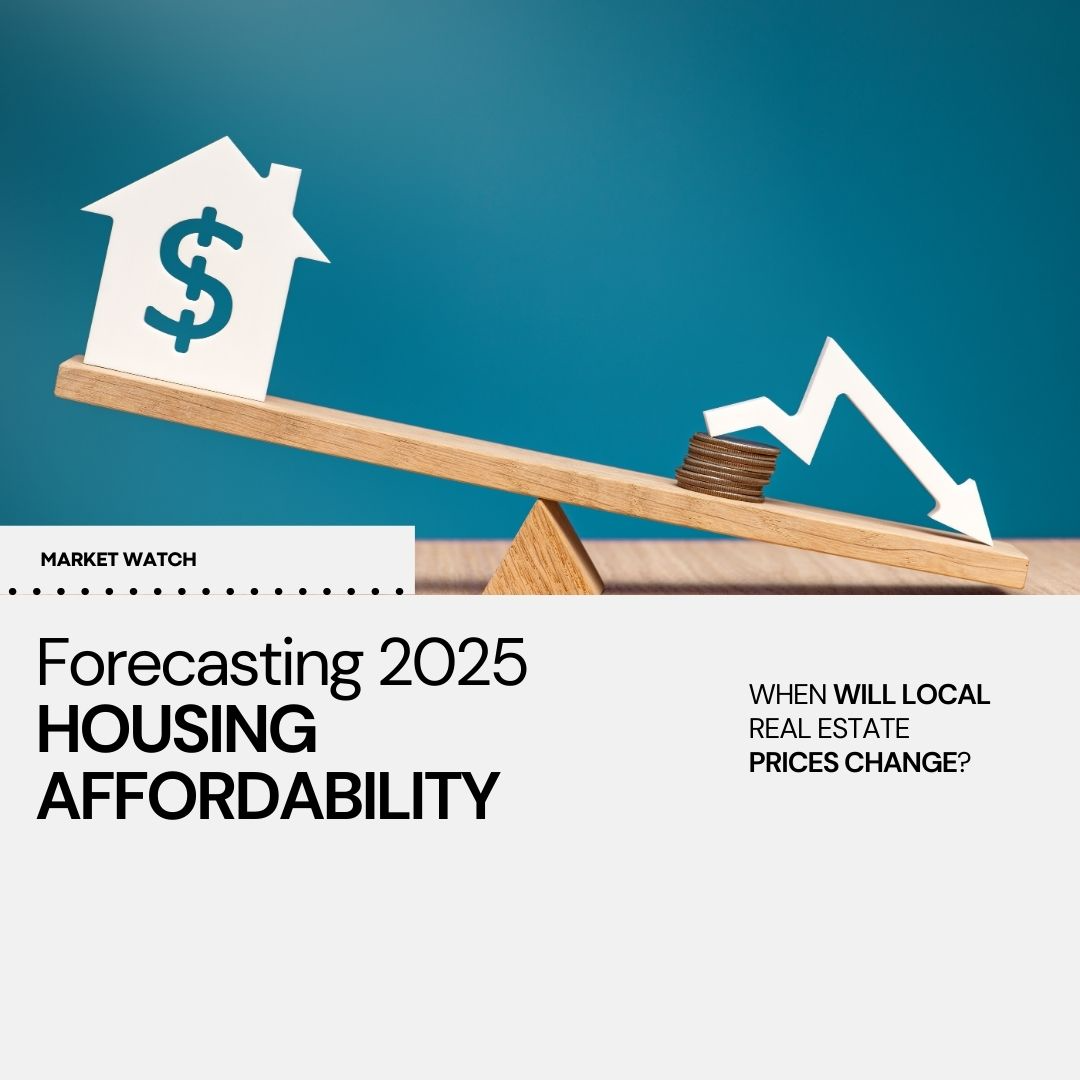That’s the million-dollar question . . .
Home prices are driven by a fundamental economic principle: supply and demand. For prices to decline, the balance must shift significantly, either through a decrease in demand or an increase in supply. Here’s what would need to happen for this shift to occur:
1. Increased Housing Supply
The most direct path to lowering home prices is to increase the number of homes available for sale. However, achieving this on a scale large enough to impact prices is challenging, especially in sought-after markets like the South Bay.
- New Construction: Developers would need to build significantly more homes to meet the demand. This is already happening in some areas, but zoning restrictions, high construction costs, and limited land in communities like Manhattan Beach and Hermosa Beach make it difficult to build enough homes to meaningfully affect prices.
- Existing Inventory: More homeowners would need to list their properties, but many are hesitant to sell due to low mortgage rates on their current homes, making it less appealing to move.
2. A Decrease in Buyer Demand
Demand for homes would need to drop to shift the market in favor of buyers. This could happen under specific circumstances:
- Higher Mortgage Rates: Rising interest rates make borrowing more expensive, potentially pricing out some buyers. However, in affluent markets like Manhattan Beach and Redondo Beach, where cash buyers are more common, this impact is less pronounced.
- Economic Slowdowns: Broader economic factors, such as a recession or increased unemployment, could reduce demand as fewer people feel financially confident to buy.
- Lifestyle Shifts: Changes in preferences, such as a greater focus on remote work allowing buyers to move away from high-demand areas like the South Bay, could also lower demand.
3. Policy Interventions
Government policies could also influence the market by addressing affordability and supply issues:
- Affordable Housing Programs: Incentives for builders to create affordable housing could increase supply in areas like Hawthorne, Gardena, and Carson, where space and zoning may allow for more development.
- Zoning Reforms: Loosening zoning restrictions in areas like Lomita and San Pedro could enable more multi-family housing developments, increasing supply in these markets.
What About the South Bay?
In the South Bay’s tight-knit communities, the factors keeping prices high are particularly entrenched:
- Limited Land: Coastal areas like Manhattan Beach and Hermosa Beach simply can’t expand geographically, keeping inventory constrained.
- High Demand: Proximity to the beach, top-rated schools, and a vibrant lifestyle continue to attract buyers, especially in cities like Redondo Beach and Torrance.
Unless a significant economic shift or large-scale building boom occurs, prices in the South Bay are unlikely to decline dramatically in the near future.
Conclusion
For home prices to come down meaningfully, the market needs either more homes or fewer buyers. In places like the South Bay—where demand is consistently high, and supply is limited—this change is unlikely to happen quickly.
At The Klapper Group, we understand the complexities of the local market. Whether you’re buying or selling, our team is here to help you navigate these dynamics with confidence and make the most of your opportunities. Let’s talk about your goals today! Contact us.


